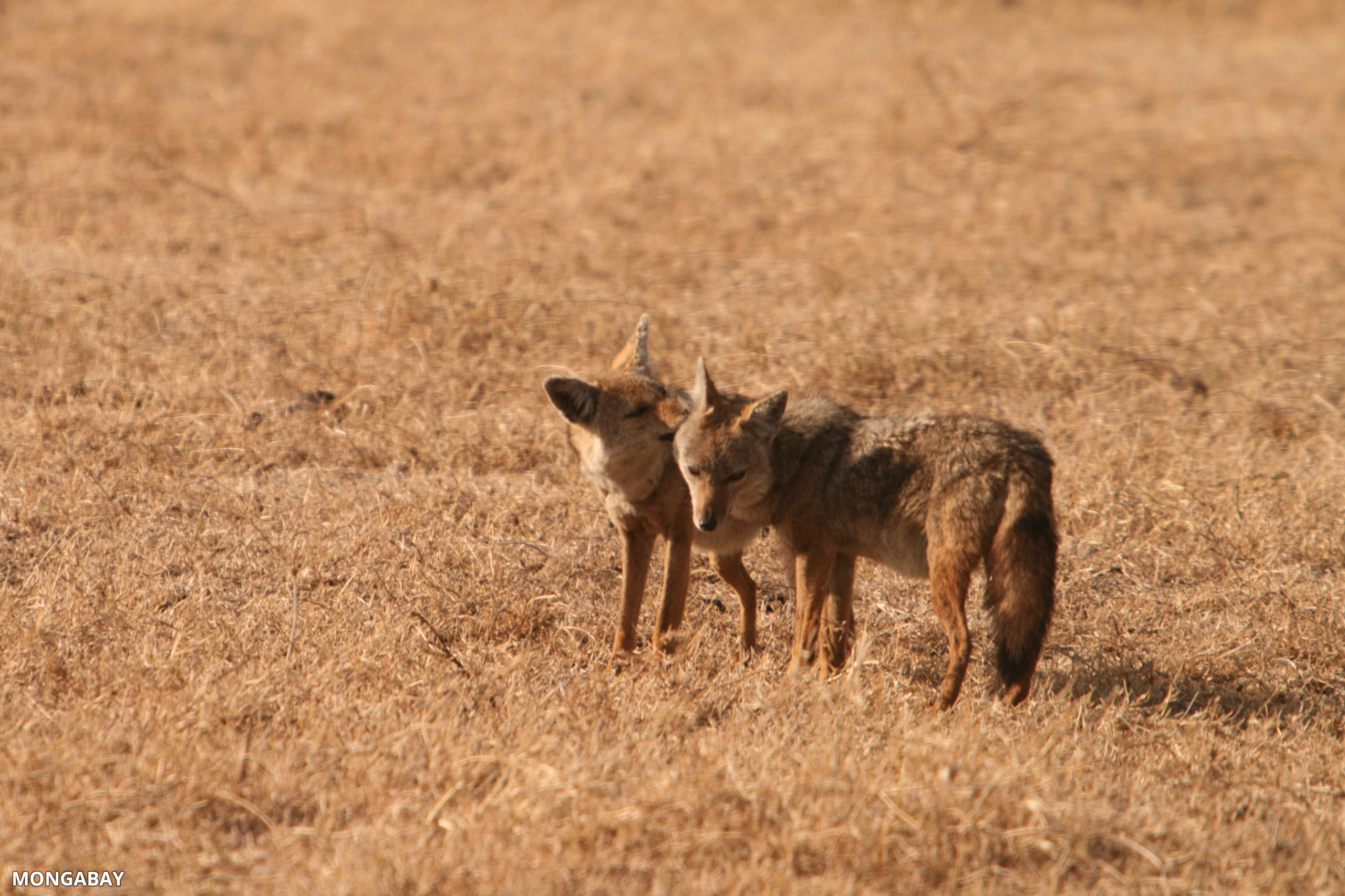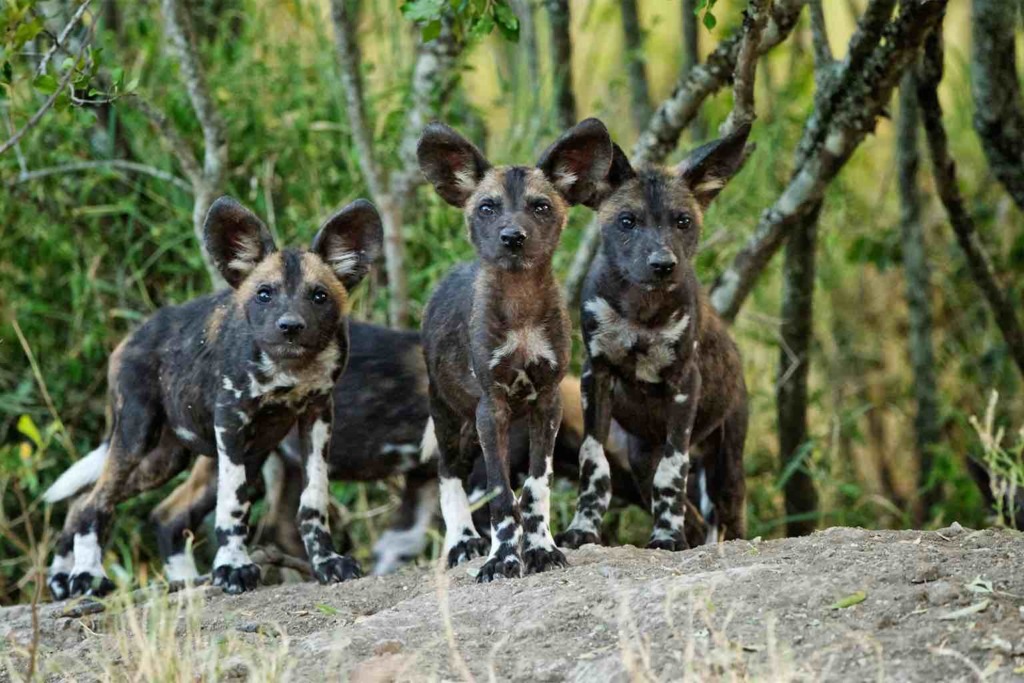
Domestic dogs are our friends
In the animal world, dogs may be the best friends of humans. Dogs help protect us, they work with us on farms and they keep us company when we are lonely.
Dogs have many wild relatives
The wild relatives of dogs all belong to the family Canidae. They are known as canids. There are 36 species of canids around the world.

Some wild canids are endangered
Five species within the Canidae family are considered endangered*. These are the African wild dog, Ethiopian wolf, North America’s red wolf, Asia’s dhole and South America’s Darwin’s fox.
These endangered canids may live far apart – in North and South America, Asia and Africa. But they share similar threats to their survival. These threats include habitat loss, loss of prey (what they eat), persecution (humans try to get rid of them), disease and climate change.
*These species are considered endangered by the IUCN – a group that maintains the Red List of threatened species.
Canids help keep ecosystems healthy
Example 1: Wolves in Yellowstone
Protecting canids is important for restoring and maintaining the ecosystems where canids live.
Canids are an important part of healthy ecosystems. Canids control prey numbers, and this in turn can impact things like the growth of vegetation (plants). A well-described example of this pattern is when wolves were reintroduced (brought back) to Yellowstone National Park in 1995. Yellowstone ecosystem covers large parts of Montana and Wyoming in the United States. Wolves had previously been hunted out of Yellowstone in the early 1900s.
Since the wolf reintroduction, many scientific studies have been done to understand the wolves’ impact on the ecosystem. The wolf comeback increased tree cover in Yellowstone because wolf packs ate elk that browse on the trees. Fewer elk led to a burst in growth of willow, aspen and alder trees along riverbanks.
This tree growth improved streamside and aquatic habitat. Other animal species such as beavers returned when the streams improved. Wolf kills also provided meals for a range of scavenger species.

Example 2: Wild dogs in Gorongosa
Canids like wolves are called keystone species in their habitats. A keystone species is a species which other species in an ecosystem depend on. If a keystone species is removed, then the ecosystem can change in a big way.
Scientists and conservationists are restoring a keystone canid species, the endangered African wild dog, to Gorongosa National Park in Mozambique. Mozambique is a country in Southern Africa where African wild dogs, along with many other large species, were wiped out in the latter half of the 20th century.
In 2018, a pack of 14 wild dogs was released. Today, the population numbers more than 100 individuals. Scientists are studying how the wild dogs are affecting their ecosystem. They have noticed that the wild dogs’ antelope prey species in Gorongosa National Park are more alert to the newly introduced predators. Wild dogs and other carnivores (like leopards and hyenas) help keep prey numbers in check.

Protecting wild canids is important
Canid experts now know that wild canid populations play important roles in healthy ecosystems. Canids can be seed dispersers by eating fruits, rodent controllers by hunting rodents, and managers of herbivore (plant eating) species like elk. Efforts to conserve canids can aid in ecosystem restoration.
This story was adapted for Mongabay Kids. It is based on an article by Sean Mowbray, published on Mongabay News:






